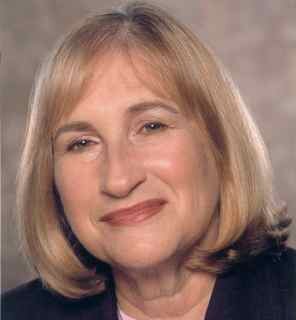 Phyllis’s husband had a stroke and other medical problems and she was caring for him at home. In a United Hospital Fund focus group, she reported how terrified she felt when she took him home from the hospital. Among other tasks, she had to operate his feeding tube. “My generation doesn’t know from computers,” she said. “In the hospital they just showed me—one, two, three— how to use it but I was expected to do it alone at home.” Fortunately, help arrived in the form of “the nurse from Medicare.” He explained how to monitor the machine and what to look out for. And then he came back the next day and several more times to make sure she was doing it right.
Phyllis’s husband had a stroke and other medical problems and she was caring for him at home. In a United Hospital Fund focus group, she reported how terrified she felt when she took him home from the hospital. Among other tasks, she had to operate his feeding tube. “My generation doesn’t know from computers,” she said. “In the hospital they just showed me—one, two, three— how to use it but I was expected to do it alone at home.” Fortunately, help arrived in the form of “the nurse from Medicare.” He explained how to monitor the machine and what to look out for. And then he came back the next day and several more times to make sure she was doing it right.
Phyllis’s story illustrates three points. First, the transition from hospital to home is both a potential crisis for patients and family caregivers and an opportunity for home care staff to provide education and support. Second, home care has a unique position in health care to work with patients and family caregivers in their own environment, using the home equipment, not the hospital version. Phyllis’s home care nurse taught her what to do, and equally important, made her feel comfortable doing it. Finally, family caregivers have only the vaguest notion of how home care services are organized. Phyllis thought that Medicare itself, not a home care agency and not her husband’s doctor, sent the nurse.
Many family caregivers do not know how referrals to home care are made, how the level of services is determined, why services are ended, who pays for what, what kinds of professionals and aides are assigned, and the limits on the tasks they can perform. Family caregivers who are not prepared for home care services often have unrealistic expectations. On the other hand, home care staff who assume that family caregivers have more preparation, ability, and willingness to provide care than is the case also have unrealistic expectations. This sets the stage for a poor relationship, not the partnership that home care should be.
One of the primary goals of the United Hospital Fund’s Families and Health Care Project has been to foster good working partnerships between health care professionals and family caregivers, particularly at times of transition. All our efforts have crossed health care sectors, where communication often breaks down. Families, ready or not, become the default care coordinators.
The culmination of our research and program development is the Next Step in Care campaign, which has three main areas:
- Transitions in Care—Quality Improvement Collaborative (TC-QuIC), a 12-to-15-month effort involving New York City hospitals, nursing home rehab units, and home care agencies;
- www.nextstepincare.org, a website that has 19 free guides for family caregivers, including two specifically on home care, in English, Spanish, Chinese, and (very soon) Russian, with additional material for providers; and
- An advisory group of community organizations to work with us on training staff to assist family caregivers before, during, and after a transition.
Home care nurses frequently tell us: “When I start a new case, I never know what to expect when the door opens.” The goal of Next Step in Care is to change that situation, so that the nurse knows what to expect–and so does the family caregiver who opens the door.
I’m very pleased that CHAMP has added links to several of the Next Step in Care tools to its Resources section. Click here and select “Family Caregiving” from the Topics menu to see all of the family caregiving resources available.
Carol Levine, Director
Families and Health Care Project
United Hospital Fund:

